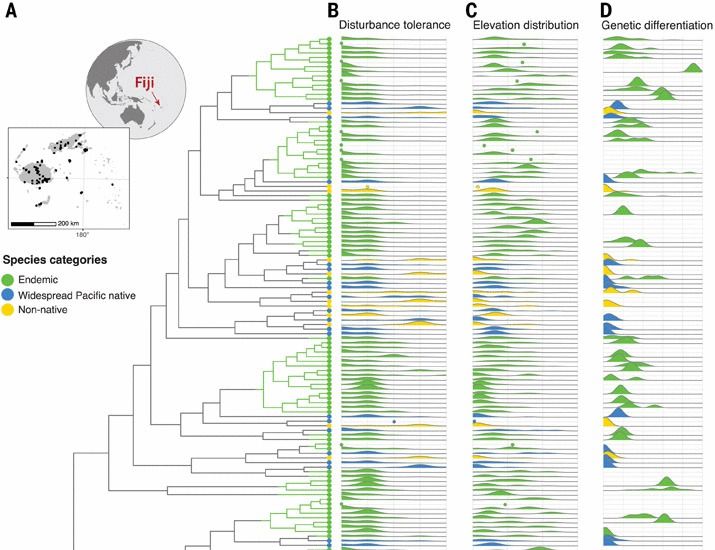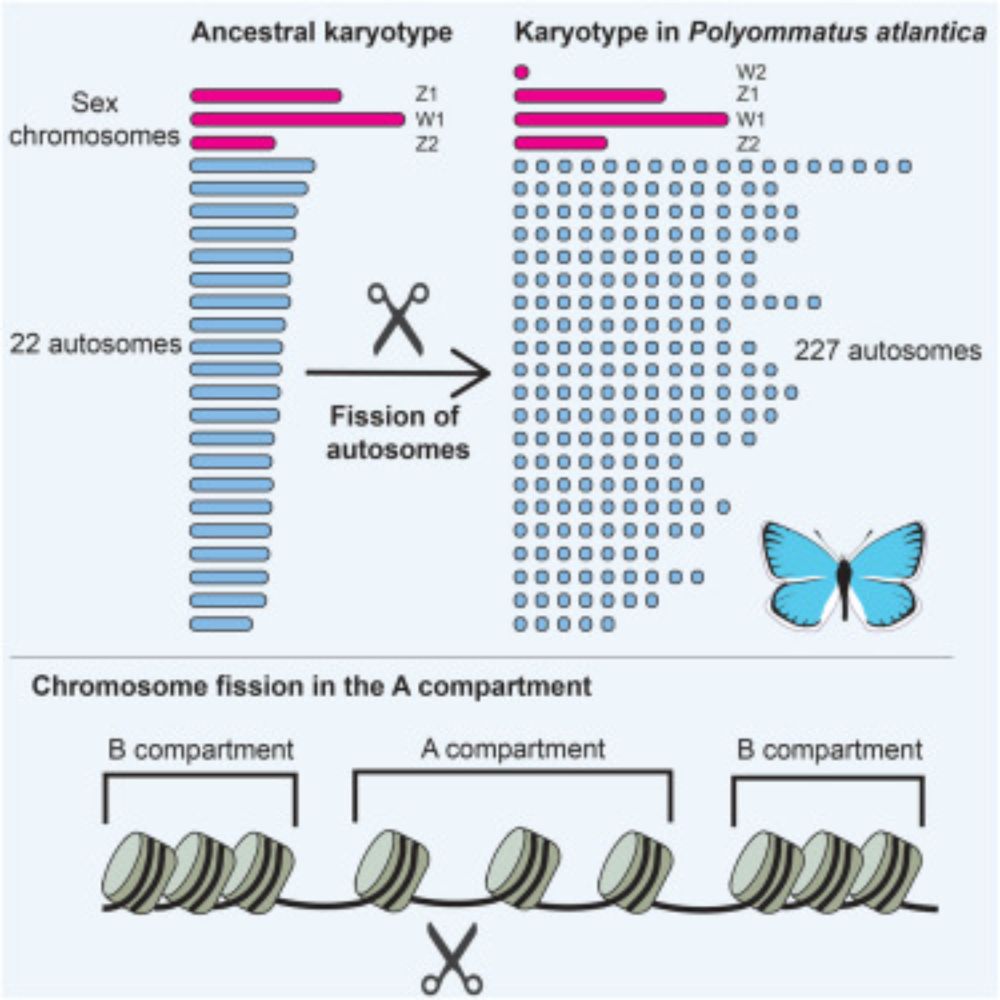

www.biorxiv.org/content/10.1...
sciencepress.mnhn.fr/en/collectio...

sciencepress.mnhn.fr/en/collectio...
yawak.jp/PhyloWeaver/
Load a Newick file and intuitively add/remove/resize branches.
Useful for quick conceptual trees, extracting subtrees, or turning ideas into Newick.

yawak.jp/PhyloWeaver/
Load a Newick file and intuitively add/remove/resize branches.
Useful for quick conceptual trees, extracting subtrees, or turning ideas into Newick.
Is it sponges (panels A & B) or comb jellies (C & D) that root the animal tree of life?
For over 15 years, #phylogenomic studies have been divided.
We provide new evidence suggesting that...
🔗: www.science.org/doi/10.1126/...

Is it sponges (panels A & B) or comb jellies (C & D) that root the animal tree of life?
For over 15 years, #phylogenomic studies have been divided.
We provide new evidence suggesting that...
🔗: www.science.org/doi/10.1126/...
I'm in Australia, so do get in touch if you want some expert debunking.

I'm in Australia, so do get in touch if you want some expert debunking.
Cette fois j'ai décidé de parler du fonctionnement scandaleux de l'édition scientifique, peu connu en dehors des labos : www.youtube.com/watch?v=Yg2C...
Mais 4 minutes c'est court, alors j'ajoute quelques ressources ci-dessous !

Cette fois j'ai décidé de parler du fonctionnement scandaleux de l'édition scientifique, peu connu en dehors des labos : www.youtube.com/watch?v=Yg2C...
Mais 4 minutes c'est court, alors j'ajoute quelques ressources ci-dessous !

tinyurl.com/v2eces3s
I'll be sharing a few articles a week until we're through the issue! (1/n)🧪

tinyurl.com/v2eces3s
I'll be sharing a few articles a week until we're through the issue! (1/n)🧪
a 🧵 1/n
Drain: arxiv.org/abs/2511.04820
Strain: direct.mit.edu/qss/article/...
Oligopoly: direct.mit.edu/qss/article/...




a 🧵 1/n
Drain: arxiv.org/abs/2511.04820
Strain: direct.mit.edu/qss/article/...
Oligopoly: direct.mit.edu/qss/article/...






These two males belong to different species—but share the same mother. How? Why?
To celebrate the print release of our last paper in this week’s @nature.com (issue 8084), here’s a thread summarizing the results. Why? Let’s dive in🧵👇 www.nature.com/articles/s41...

These two males belong to different species—but share the same mother. How? Why?
To celebrate the print release of our last paper in this week’s @nature.com (issue 8084), here’s a thread summarizing the results. Why? Let’s dive in🧵👇 www.nature.com/articles/s41...
We produced complete genomes for 2 Xenarthra and placed them in a mammalian comparative framework. We found that Xenarthra harbour the largest number of retrocopies in mammals! www.biorxiv.org/content/10.1...

We produced complete genomes for 2 Xenarthra and placed them in a mammalian comparative framework. We found that Xenarthra harbour the largest number of retrocopies in mammals! www.biorxiv.org/content/10.1...

academic.oup.com/gbe/article-...

academic.oup.com/gbe/article-...
doi.org/10.1016/j.cu...
in @currentbiology.bsky.social
on the evo-devo of a butterfly color variation
enjoy the show!
doi.org/10.1016/j.cu...
in @currentbiology.bsky.social
on the evo-devo of a butterfly color variation
enjoy the show!
Explications avec des GIF de fourmis ⬇️

Explications avec des GIF de fourmis ⬇️

www.youtube.com/watch?v=Z-O4...
Paper: www.nature.com/articles/s41...

www.youtube.com/watch?v=Z-O4...
Paper: www.nature.com/articles/s41...
In our paper out now in @currentbiology.bsky.social we show that the Atlas blue butterfly has 229 chromosome pairs- the highest in diploid Metazoa! These arose by rapid autosome fragmentation while sex chromosomes stayed intact.
www.cell.com/current-biol...

In our paper out now in @currentbiology.bsky.social we show that the Atlas blue butterfly has 229 chromosome pairs- the highest in diploid Metazoa! These arose by rapid autosome fragmentation while sex chromosomes stayed intact.
www.cell.com/current-biol...
), we find the opposite: animals exchange genes more, and for longer, than plants

), we find the opposite: animals exchange genes more, and for longer, than plants


